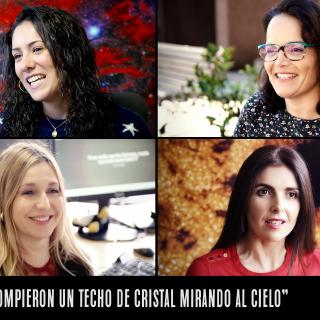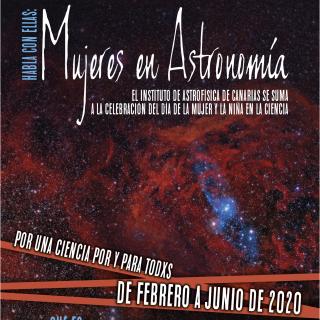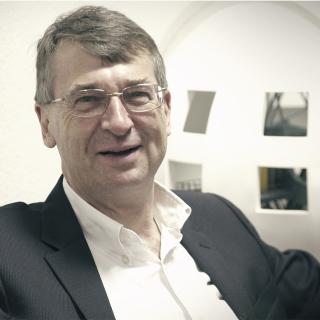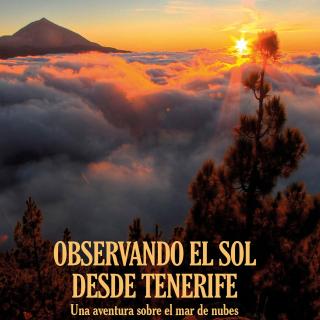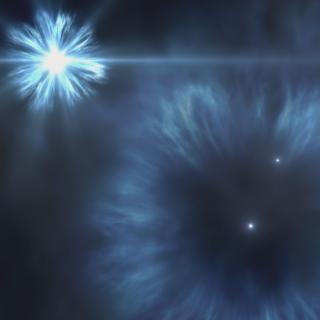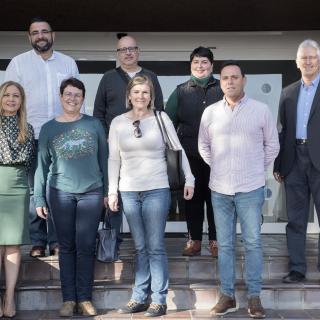
Ana Rosa Mena, the Mayoress of Tegueste, on February 7th, visited the Headquarters of the Instituto de Astrofísica de Canarias (IAC), in La Laguna, and the Teide Observatory (OT) in Tenerife, together with several of the town councillors: Ricardo Chico Marrero, Councillor of New Technologies and Services; Antonio López González, Councillor of Culture, Sport, and Civil Protection; Julián Rodríguez Pérez, Councillor of Agriculture; Eladia María López Lutzardo, Councillor of Festivals and Ethnography; and Candelaria de la Rosa González, Councillor of Social Services. The Council was received by
